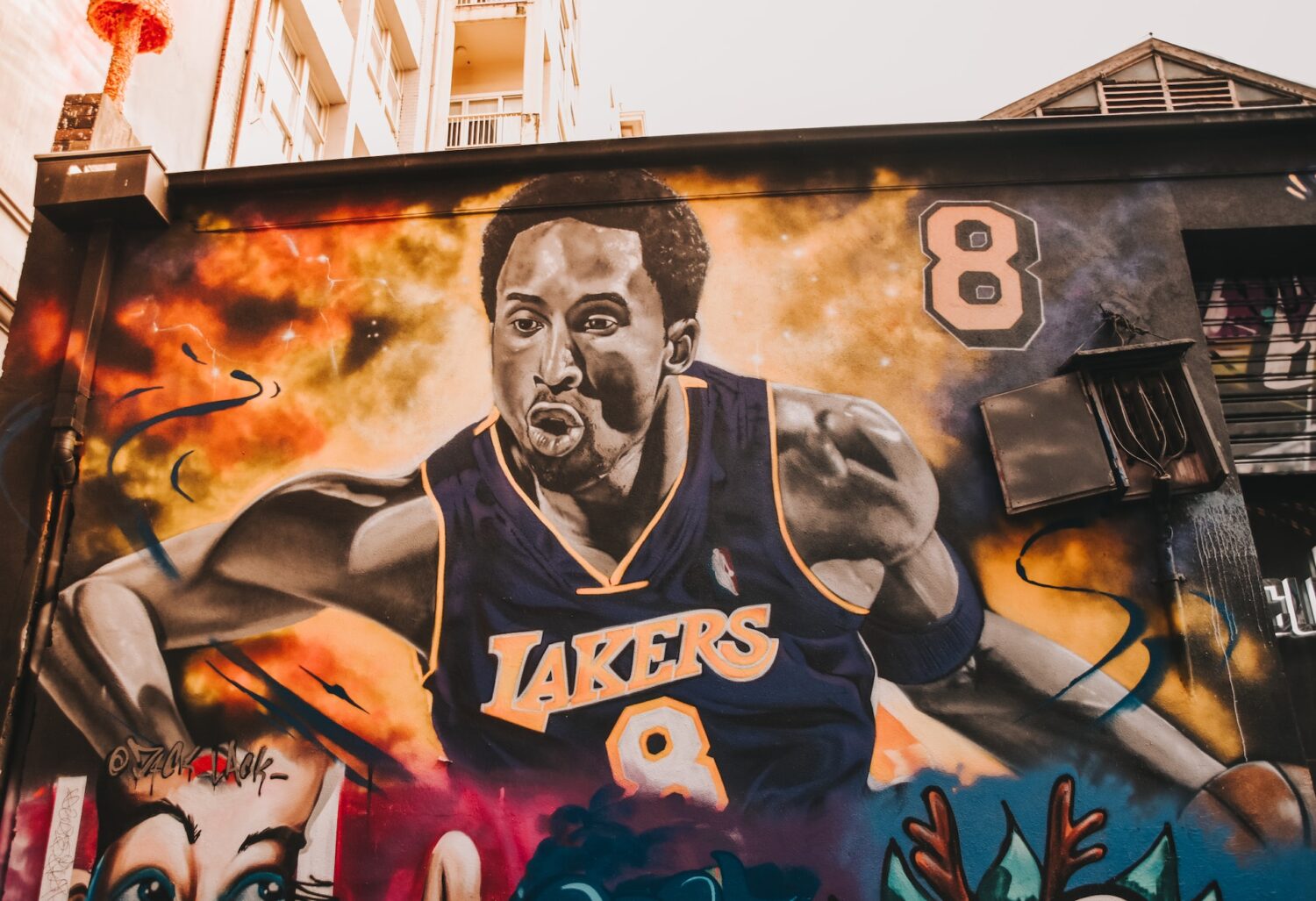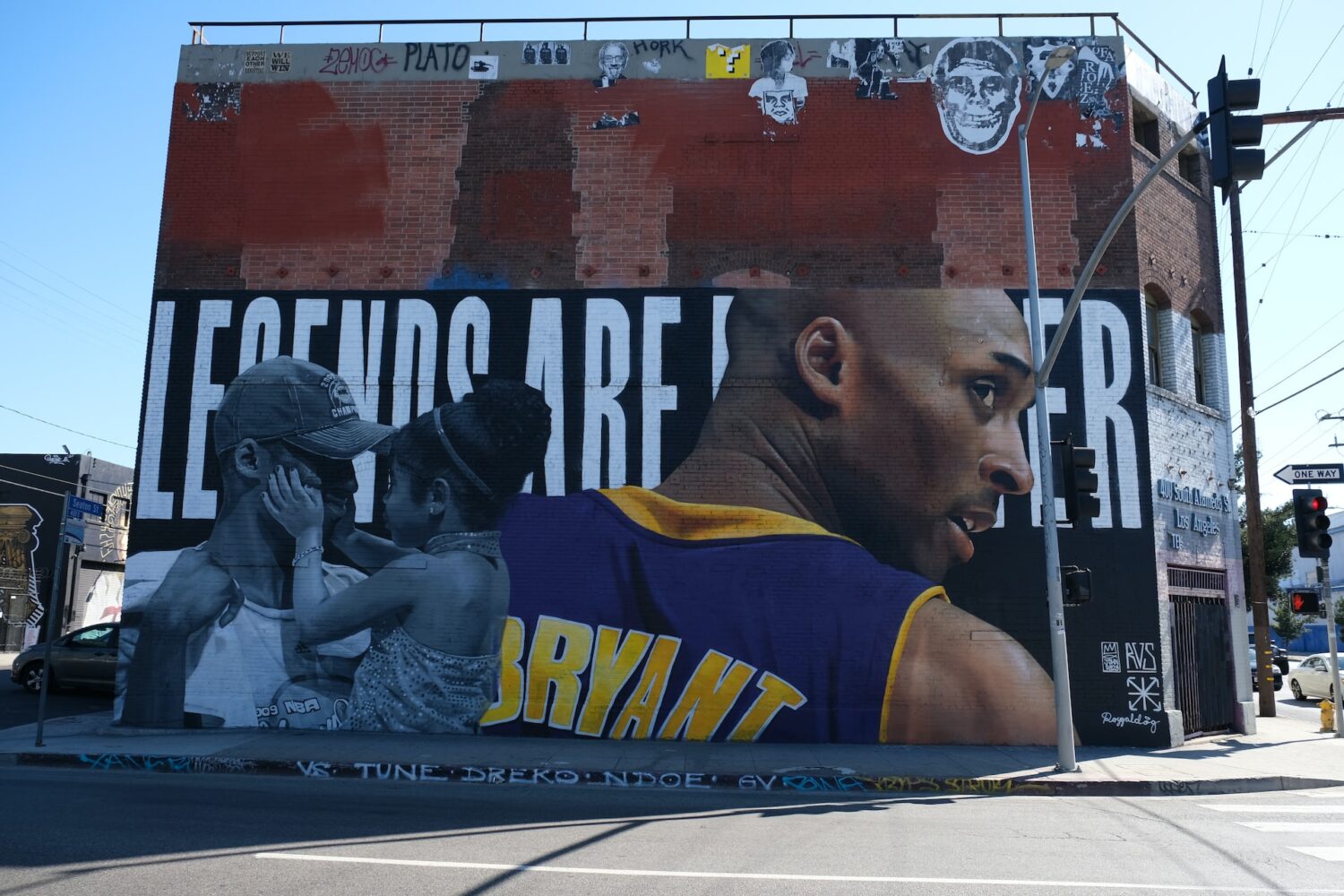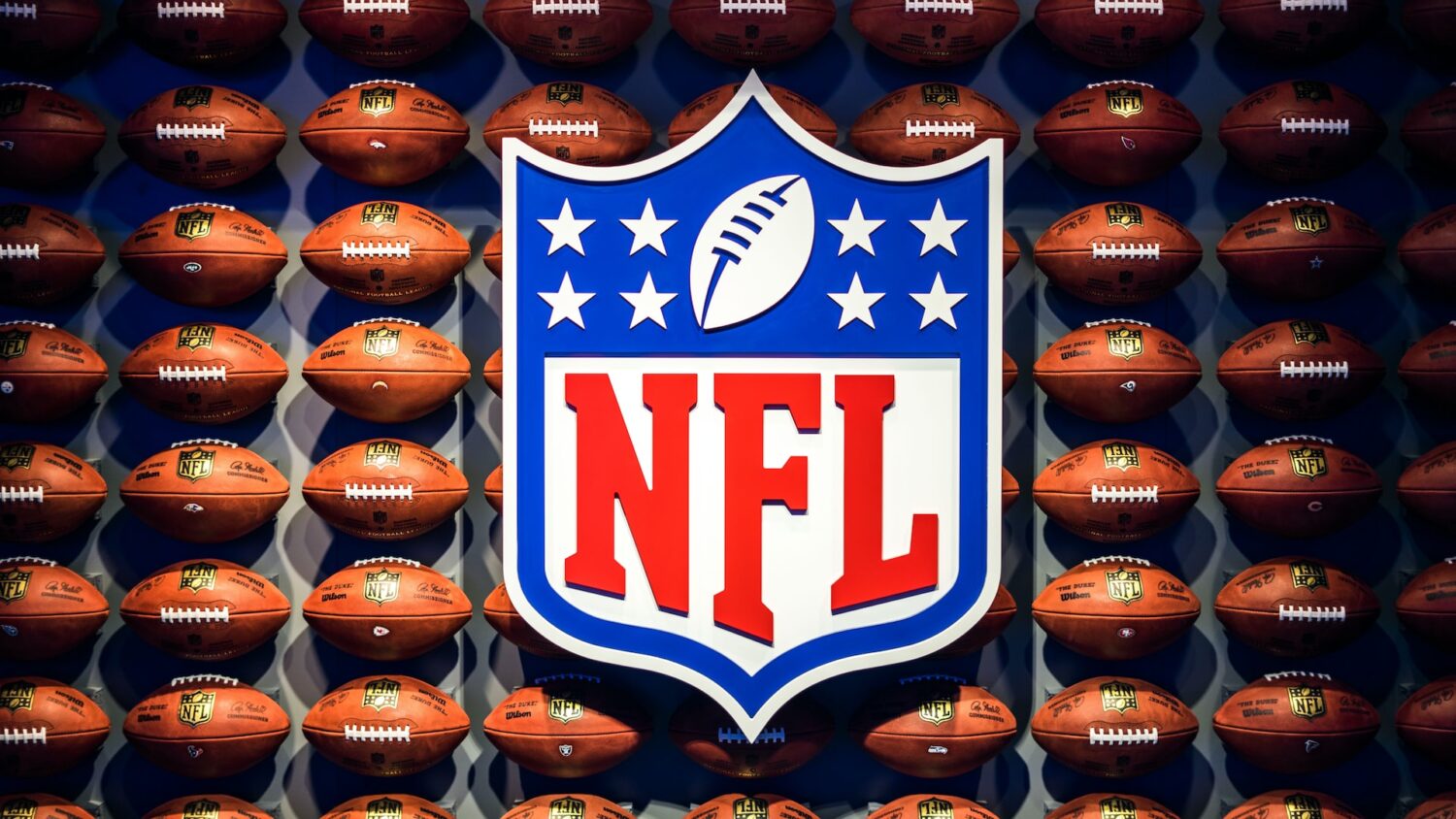
There was a time when dynasties dominated the NFL. In the early 50’s it was the Cleveland Browns with six consecutive championship appearances (and three wins). The Miami Dolphins had a short run of excellence to start the 1970’s, but the Pittsburgh Steelers and Oakland Raiders dominated the league for the bulk of the decade.
In the 1980’s, it was the Washington Redskins and San Francisco 49ers, and in the early to mid-90’s, the Dallas Cowboys. But as the Cowboys dynasty crumbled, a new one failed to appear. A couple of teams tried to take the mantle, but none succeeded.
Green Bay looked poised to do so with two consecutive Super Bowl appearances (XXXI and XXXII) but failed to make it back to the Super Bowl for over a decade. The Denver Broncos gave it a shot with back-to-back Super Bowl wins, but then John Elway retired, and the team faded back to obscurity.
The Greatest Show on Turf appeared to be a prime candidate, but the St. Louis Rams could only manage one Super Bowl win before falling apart.
Around the time of the demise of the Dallas dynasty, a crazy thing started to take over the NFL—parity.
While the domination is great for fans of the dynasty teams, fans of the other NFL teams didn’t care for it. It makes the game less enjoyable when you knew your team was just playing for second.
To combat the existence of dynasties, free agency was introduced to the league in 1992 followed by a salary cap in 1994. As a result, while there have been a handful of teams that have been mainstays in the postseason, only one can be called a dynasty—the New England Patriots.

The NFL wanted more fan bases to feel like their team had a shot to make the postseason and it has worked. In the years since free agency and the salary cap, it has not been unusual for several teams to be in contention for the last playoff spots heading into the final week of the season.
The NFL wanted to create parity, and it has succeeded.
This season is no different. Five weeks into the season, there were 21 teams within a game of .500; that’s the most at that point of the season since 1994. Three weeks later that number is down to 13, and nine other teams have two losses or less. Assuming every team continues along the trajectory they are currently on, that means nine of 12 playoff spots are locked up, and 13 teams will be fighting it out for the remaining three.
It’s the definition of parity. The good teams are going to make it to the postseason still, but even the mediocre ones will have a shot.
Does this keep more fans engaged throughout the season? Probably. But does it also damage the product the NFL is trying to sell fans?
Yes and no.
Parity means more teams appear to be competitive. Take this season, for example. At the midway point of the season, a playoff scenario could easily unfold for 22 teams. But that doesn’t mean the other ten teams (well, maybe Cleveland, San Francisco, and Indianapolis) can’t make it. All they need is a good winning streak to get right back in the hunt again.
More competitive teams mean more meaningful games which typically have more NFL fans tuning in. But just because a team appears competitive doesn’t mean it is—or that game is or will be.
For example, Week Eight’s Thursday night game was between the Miami Dolphins and Baltimore Ravens. The Dolphins entered the game in good shape with a record of 4-2. Baltimore had a 3-4 record. Early in the game, the Ravens lost their starting quarterback, Joe Flacco, to an injury.
You would think a 3-4 team forced to play with its backup quarterback would struggle against a 4-2 team, right? But the Ravens dominated the Dolphins with ease, 40-0.
The appearance of competitiveness does not mean a team is indeed competitive. When such teams exist they do not play the kind of game fans enjoy watching. They are dull and boring, which makes the product the NFL is trying to sell bad.

But part of the joy of parity means it is possible for a team to be poor one season and good the next. By making the right moves, they can go from being a mediocre 8-8 or 7-9 team to a playoff contender. They can go from being 4-12 one season to 13-3 the next, like the Dallas Cowboys. They could go from 4-12 to winning the Super Bowl, like the 1999 St. Louis Rams. It’s even possible to go from 2-14 one year to 11-5 the next like the Kansas City Chiefs in 2013.
Parity makes these kinds of turnarounds possible.
Yes, parity does result in many boring games you wish you didn’t waste your Sunday watching. But if the tradeoff is the possibility a bad team can climb out of the cellar quickly—maybe it’s worth it.

The greatest NBA dynasties of all time
The goal for any basketball franchise is to build a dynasty that fans and experts will be talking about for











